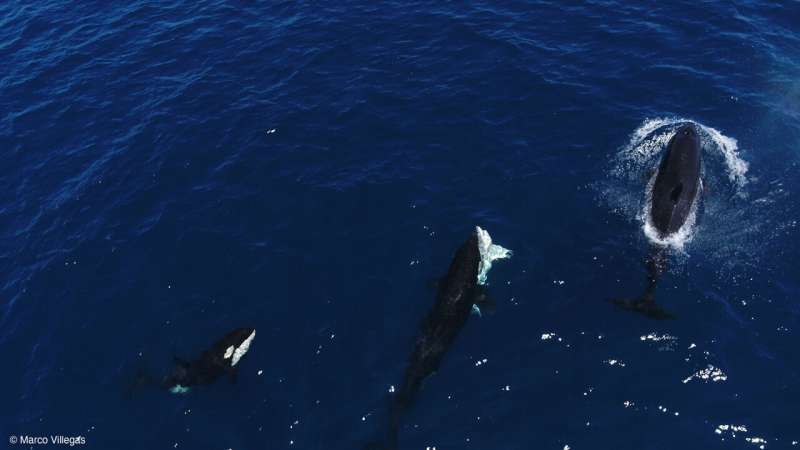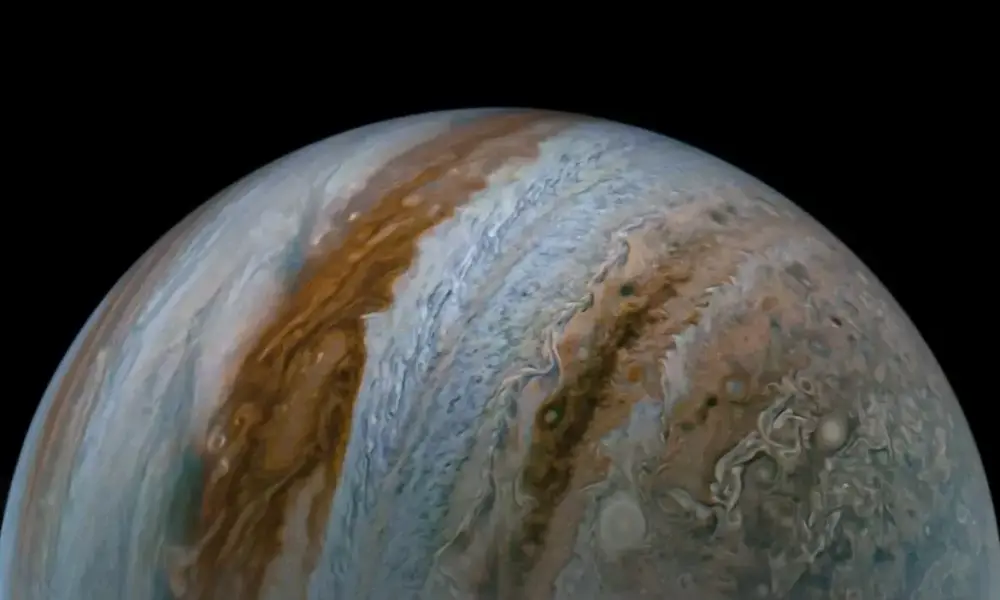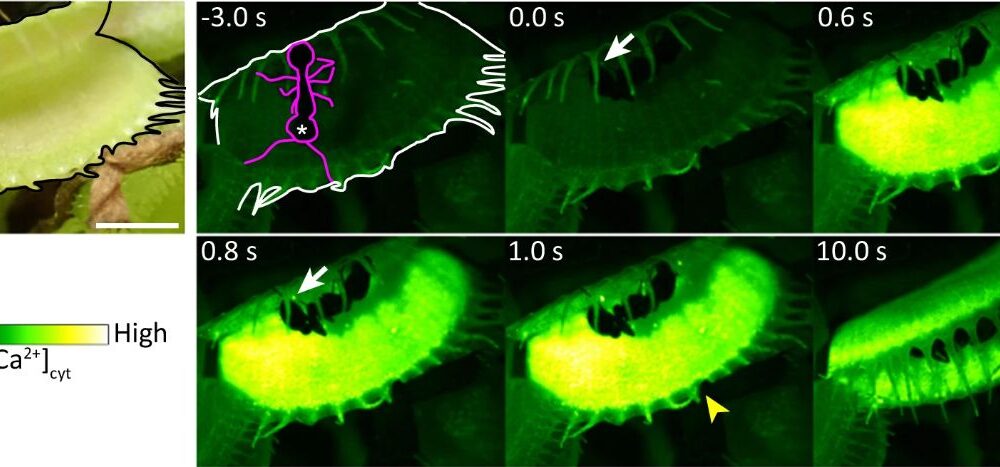A specialized pod of orcas, known as Moctezuma’s pod, has been observed hunting young great white sharks in the Gulf of California. This behavior, which involves flipping the sharks upside-down to access their nutrient-rich livers, showcases the advanced hunting techniques of these marine mammals. The findings, published in the journal Frontiers in Marine Science, suggest that orcas may be adapting their hunting strategies due to changing environmental conditions.
Innovative Hunting Techniques
During routine monitoring, researchers documented two separate hunts where orcas successfully killed three juvenile great white sharks, or Carcharodon carcharias. The first incident occurred in August 2020, when five orcas cooperatively pursued a young shark, turning it upside down before consuming its liver. A similar strategy was observed in a second hunt in August 2022, further confirming the effectiveness of this technique.
Marine biologist Erick Higuera Rivas, project director at Conexiones Terramar and Pelagic Life, emphasized the significance of these observations. “Orcas that eat elasmobranchs—sharks and rays—could eat a great white shark if they wanted to, anywhere they went looking for one,” he noted, highlighting the intelligence and strategic thinking of these apex predators. The method of turning a shark upside down induces a state known as tonic immobility, rendering the shark defenseless.
Dr. Salvador Jorgensen of California State University added that adult white sharks tend to evacuate areas when orcas are present, whereas juvenile sharks may not yet have developed the instinctual responses to evade such predators. “This is the first time we are seeing orcas repeatedly target juvenile white sharks,” Jorgensen stated.
Changing Ocean Dynamics
Alterations in oceanic conditions, particularly due to climate phenomena like El Niño, may be creating new opportunities for orcas. Changes in the distribution of white sharks in the Pacific could be bringing these sharks closer to the orca pod’s hunting grounds, exposing them to predation. The researchers note that every new cohort of juvenile sharks could become seasonal targets, raising concerns about the impact on white shark populations.
The scientists plan to conduct a broader survey to better understand the dietary habits of Moctezuma’s pod. Dr. Francesca Pancaldi of the Instituto Politécnico Nacional Centro Interdisciplinario de Ciencias Marinas expressed the need for more data. “So far, we have only observed this pod feeding on elasmobranchs. There could be more,” she said, emphasizing the importance of understanding these hunting behaviors to inform conservation efforts.
The unique feeding strategies of orcas in this region underscore their adaptability and intelligence. By studying these interactions, researchers aim to identify critical habitats and devise management plans to mitigate human impact on these marine ecosystems.
For more information on this research, refer to the article “Novel evidence of interaction between killer whales (Orcinus orca) and juvenile white sharks (Carcharodon carcharias) in the Gulf of California, Mexico,” published in Frontiers in Marine Science.







